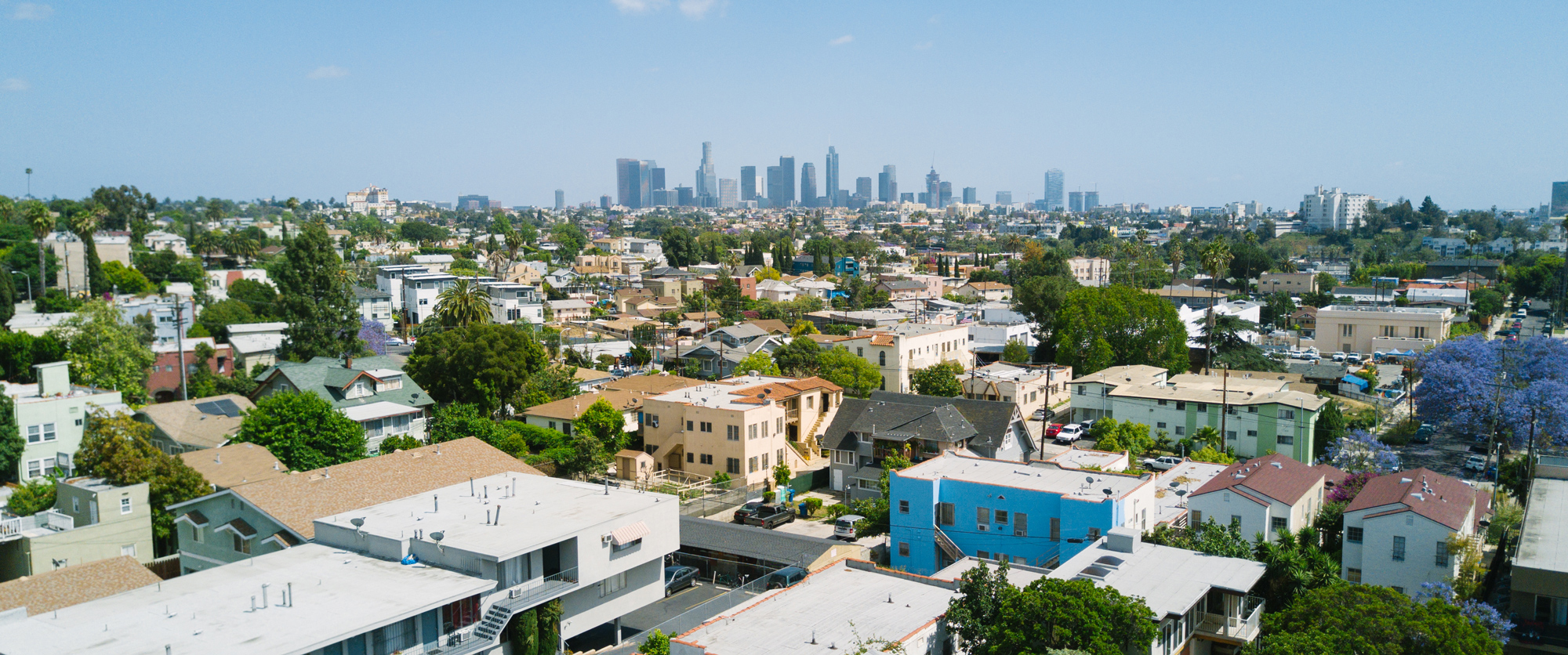
City Planning is modernizing Los Angeles’s Zoning Code to align with contemporary planning needs. This is the first comprehensive update to the Code since 1946 and marks a major shift from strictly Euclidean zoning—the most common form of land use regulation in the United States—to a hybrid, or modular, zoning approach.
This shift responds to the desire for zoning that focuses both on land use and buildings’ proposed mass, scale, and characteristics, allowing the Department to separate regulations governing the built environment from a property’s use. The creation of this new framework supports a wider array of options that reflect the cultural and demographic diversity of Los Angeles and its community neighborhoods.
This evolution in planning recognizes that a building’s physical character is equally as important as the uses permitted on-site. Conventional methods of zoning have traditionally focused more on prohibiting uses at a given site than on regulating the built environment. These planning methods reflected the priorities of an earlier period in Los Angeles’s history, when housing choices were limited and dominant interests sought to restrict all types of development other than single-family homes. As times have changed, so have the overall needs and priorities of our City’s communities.
The proposed modular zoning structure consists of five key modules, or “districts”: Form, Frontage, Development Standards, Use, and Density. While Form, Frontage, and Development Standards regulate the built environment, Use and Density refer to the activities allowed on a site. The new Zoning Code is organized in a clear, consistent way that is easier to navigate than its predecessor and constructed to enhance desired outcomes through objective standards.
Currently, zoning regulations are scattered throughout the Zoning Code, resulting in an ad hoc and incremental approach to zoning that hinders the Department's ability to implement adopted plans more effectively.
The new Zoning Code is adaptable to current and future policy needs and will allow planners to implement a wide range of community visions that address the design of the public realm in balance with the local architecture and characteristics of our neighborhoods. Additionally, the new Code is easier to understand and navigate due to the unbundling of regulations for the built environment from activities allowed on a site, as well as other requirements.
Best of all, it consolidates the public benefits incentive programs into one place, including affordable housing, access to bonus FAR/height, and relief/waiver from regulations, thereby creating a predictable and adaptable incentive system.
To provide a framework for this comprehensive revision, the Processes and Procedures Ordinance, anticipated to go to a full Council vote this fall, will reside in Chapter 1A of the Los Angeles Municipal Code and establish a new home for the updated Zoning Code.
This new zoning will be rolled out through the Community Plan Update process. Upon implementation, Los Angeles will be better positioned to evaluate buildings’ physical characteristics in relation to surrounding areas, from the facade’s interaction with pedestrians to how the site functions, and everything in between. The existing Zoning Code will continue to apply in areas where no Community Plan Update has occurred.
Read more about the new Zoning Code here, and watch for implementation within your community plan area in the not-so-distant future.